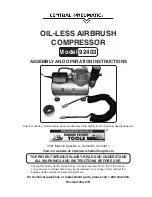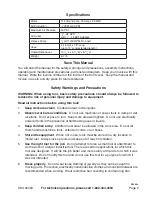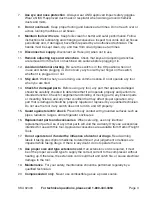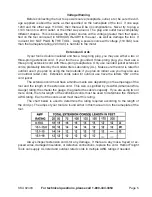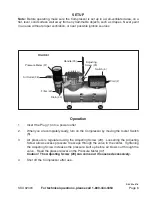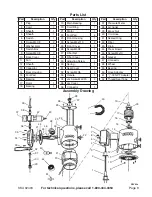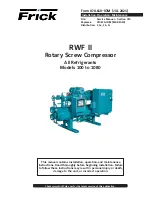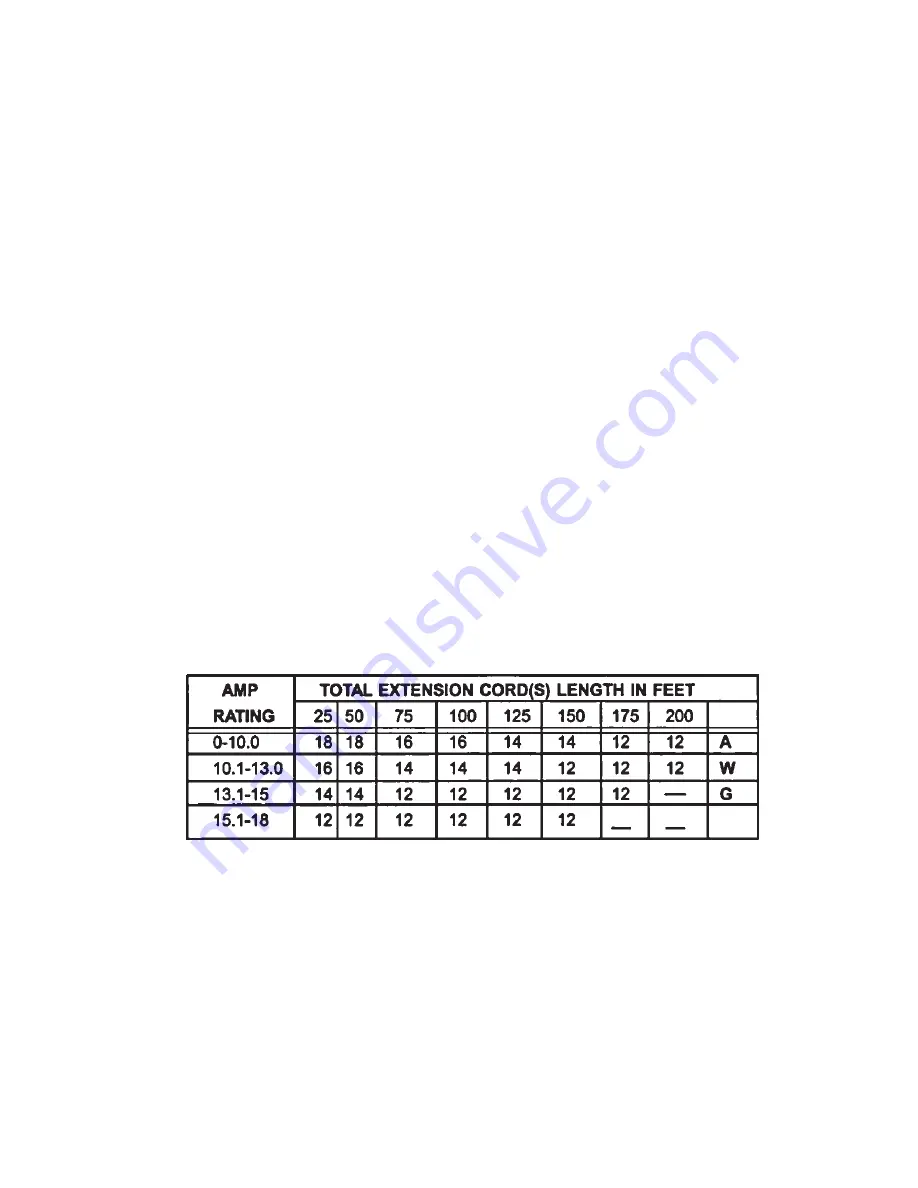
Page 5
SKU 92403
for technical questions, please call 1-800-444-3353
Voltage warning
Before connecting the tool to a power source (receptacle, outlet, etc.) be sure the volt-
age supplied is about the same as that specified on the nameplate of the tool. If one says
120V and the other says 110 VAC, then there will be no complications. Never try to plug a
110V tool into a 220V outlet, or the other way around. The plug and outlet have completely
different shapes. This is because the power source with a voltage greater than that speci-
fied on the tool can result in SERIOUS INJURY to the user - as well as damage the tool. If
in doubt, DO NOT PLUG IN THE TOOL. Using a power source with voltage (110 VAC) less
than the nameplate rating (220 VAC) is harmful to the motor.
extension Cords
If your tool is double insulated and has a two-prong plug, you may use either a two or
three-prong extension cord. If your tool has a grounded, three-prong plug, you must use a
three prong extension cord with three-prong receptacles. Only use rounded jacket extension
cords, preferably listed by the Underwriters Laboratory (UL). Make sure the cord is rated for
outdoor use if you plan on using the tool outside; if you plan on indoor use you may also use
an outdoor rated cord. Extension cords rated for outdoor use have the letters “WA” on the
cord jacket.
The extension cord must have a minimum wire size depending on the amperage of the
tool and the length of the extension cord. This size is signified by its AWG (American Wire
Gauge) rating; the smaller the gauge, the greater the cable’s capacity. If you are using two or
more cords, the total length of the combined cords must be used to determine the minimum
AWG rating. Each of the cords used must meet this rating.
The chart below is used to determine the rating required according to the length of
the cord (s). The amps of your tool are found either in this manual or on the nameplate of the
tool.
Always inspect extension cords for any damage. If there are any loose, frayed or ex-
posed wires, damaged insulation, or defective connections, replace the cord. Harbor Freight
Tools can supply UL listed and outdoor rated cords in multiple AWG ratings if needed.

